

Face it: the real world is what makes the Internet so great. That’s part of the appeal of social networks: you’re connecting to people you know in real life. And it’s a huge part of the appeal of location-based services, which use the web to teach you more about your real world surroundings.
Today. Cool Websites and Apps has five apps that teach you more about the world near you. Find anonymous people to chat with, browse photos taken nearby, find somewhere to be alone, or just become more informed about essential services. Let’s get started.
Yik Yak offers anonymous conversations with people nearby, but until recently you could only have those conversations on your phone. That’s changing: you can now use the service at YikYak.com right in your browser.
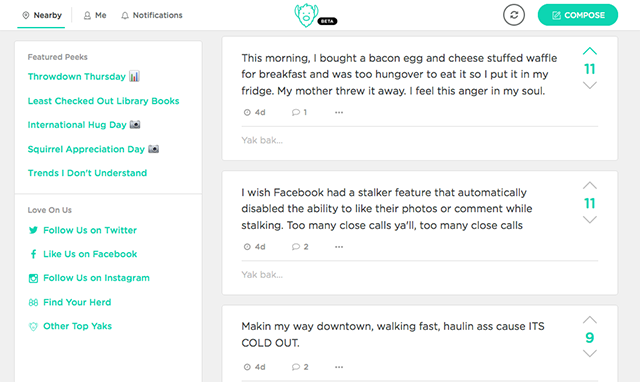
You still need a supported phone to use the app. To set things up, you need to provide your phone number and then open the app on your phone to fetch a code. But once it’s set up, you can use Yik Yak in your browser just the way you do on the web.
If you’ve never used Yik Yak before, here’s 10 things you need to know about the site. Make sure you’re also familar with the Yik Yak etiquette before making an ass of yourself.
Did you know you can geotag your Flickr photos? Or your Instagram images? Well, both have optional location tags, which means it’s possible to browse images in your area.
Round.io makes doing this easy: just open the site, share your location, and start scrolling through pictures taken somewhere near you.
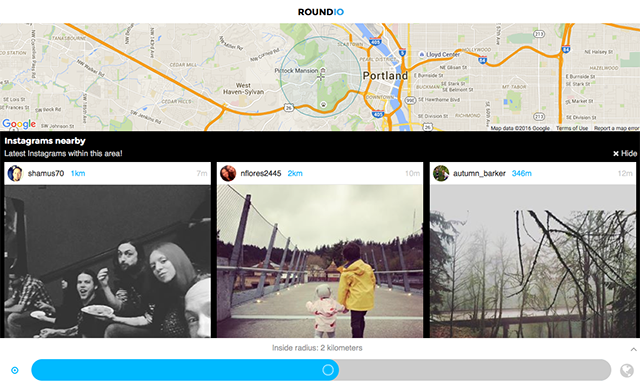
The most recent images are always at the top of the pile, so it’s a quick way to see what’s going on near you.
Want to get out for a bit, but afraid of being away from the Internet? We’ve shown you tools for finding WiFi hotspots, but have never pointed out Wiman. Which is too bad, because it seems like one of the more complete apps out there for finding free WiFi hot spots.
One feature I’ve yet to see elsewhere: you can download a map of hotspots for any city. A map of WiFi hotspots isn’t useful if you need Internet access to use it, so offline usage is key. Whether you’re living without a data plan or just looking to stay within your plan’s data caps, finding WiFi is always helpful. This app can help.
Sometimes you want to leave the house, but don’t want to talk to anyone. Avoid Humans helps by showing you places nearby that not many people have checked into recently. The idea is these places are relatively empty.
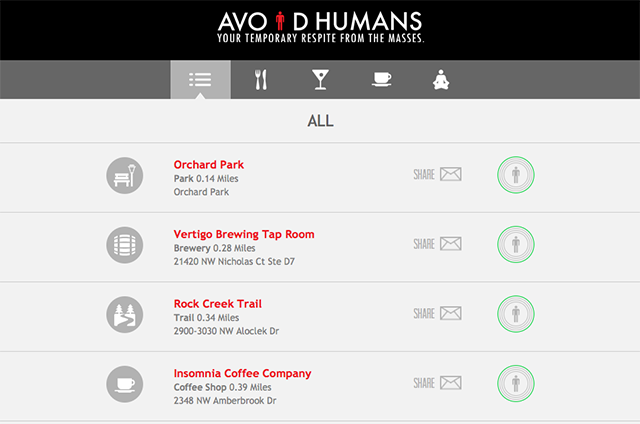
Just head to the site and share your current location – the site will in turn give you a list of nearby places to check out. I quite like that it pointed out some nearby parks and trails, but coffee shops and bars are also offered. Find somewhere to get some work done, without the crowd.
Let’s change tracks, shall we? FindED lets you browse all the emergency rooms near you, and see a bit of information about each of them. You’ll see information about wait times, quality of care, and even phone numbers.
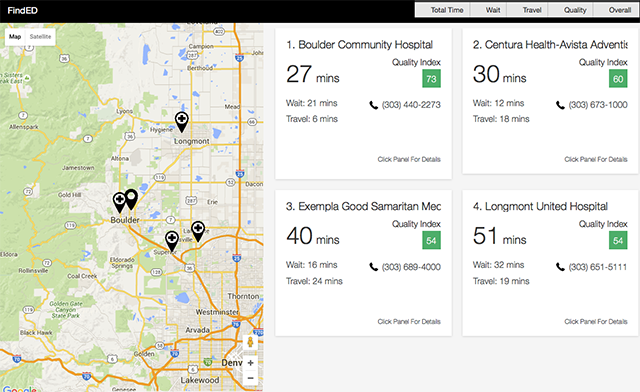
The idea is to give people more information about the hospitals near them, so they know which ones to choose when problems come up. It’s not complete, however, as the site’s homepage points out:
While this application is intended to help users make informed decisions on where to receive care, it is only a stepping stone toward future studies on how interactions between patients and hospitals are affected by the availability of hospital data.
It’s an interesting idea, and worth keeping an eye on.
These are just five little-known tools that make it possible to learn more about the community around you. But I want to learn about more.
What tools did we miss? What sorts of tools would you like toe know about? I’m looking forward to chatting with you about all this and more in the comments below, so let’s get started.
Image Credits:tv icon by Hluboki Dzianis via Shutterstock

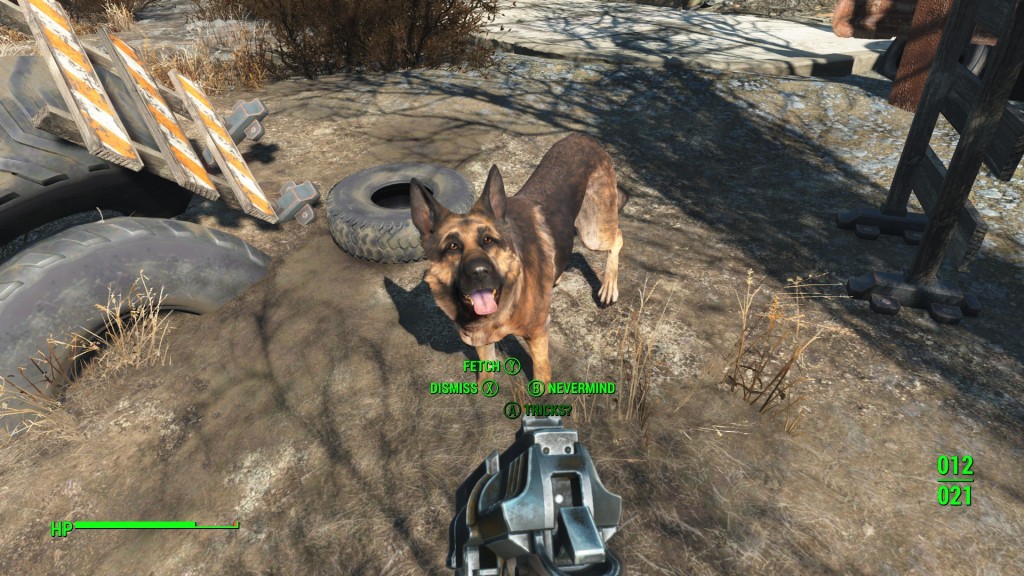

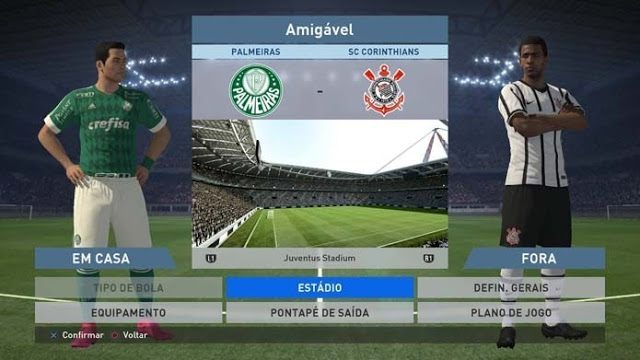
 Complete Battlefield Hardline Walkthrough in Stunning 1080p HD 60 FPS
Complete Battlefield Hardline Walkthrough in Stunning 1080p HD 60 FPS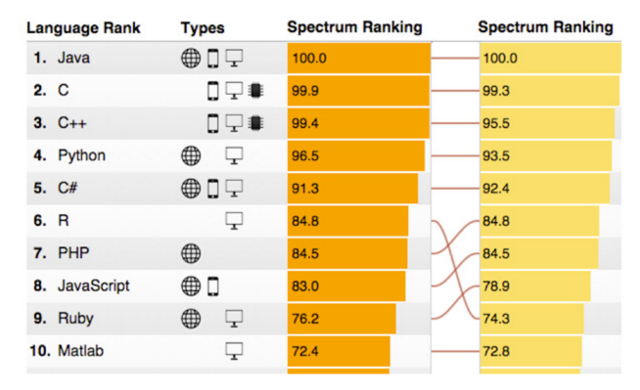 The Best Free Places to Learn R Programming Today
The Best Free Places to Learn R Programming Today List of Unlockables in Dragon Age Legends for Dragon Age II
List of Unlockables in Dragon Age Legends for Dragon Age II Super Time Force Unlock All Achievements Guide
Super Time Force Unlock All Achievements Guide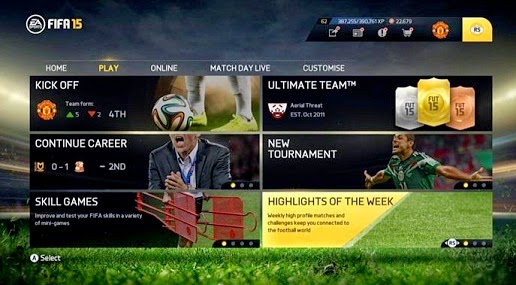 FIFA 15: Learn to play Highlights of the Week mode
FIFA 15: Learn to play Highlights of the Week mode